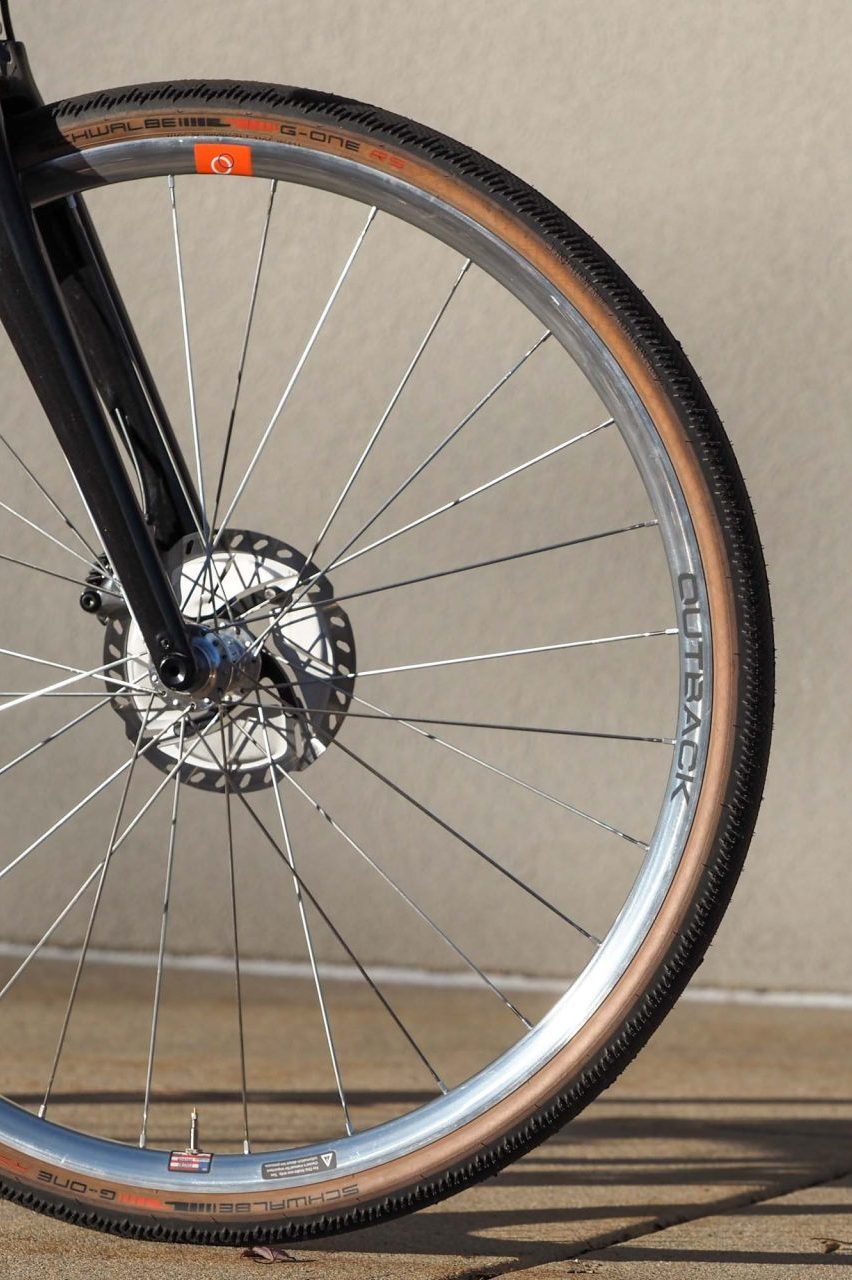It’s almost a joke in road cycling that, for a not-insignificant percentage of existing fans, the crankset of any new-generation groupset will be regarded as uglier than the one that came before it. Even so, Shimano’s Dura-Ace 7900 crankset was particularly jarring when it launched in 2008. The shape was obviously very different from 7800 with its more pronounced lines and harder edges, but it was the finish that really threw people for a loop.
With the exception of the super limited and ultra-rare FC-7800C (carbon fiber) crankset, every Dura-Ace groupset up until then had sported a highly polished finish. But 7900 signaled the end of that era with its polarizing two-tone black-and-silver look that was likely prompted by that groupset’s carbon fiber brake lever blades. That was a first for Shimano for inline product (that FC-7800C crank was more of a limited-edition thing produced in mythically small quantities), but the folks in Sakai City were arguably late to the party as both Campagnolo and SRAM – still a newcomer to the road scene back then – were already using carbon fiber for crankarms, brake lever blades, and derailleur components. The writing was on the wall: consumers wanted more carbon fiber, and with that came the end of the road for polished aluminum.
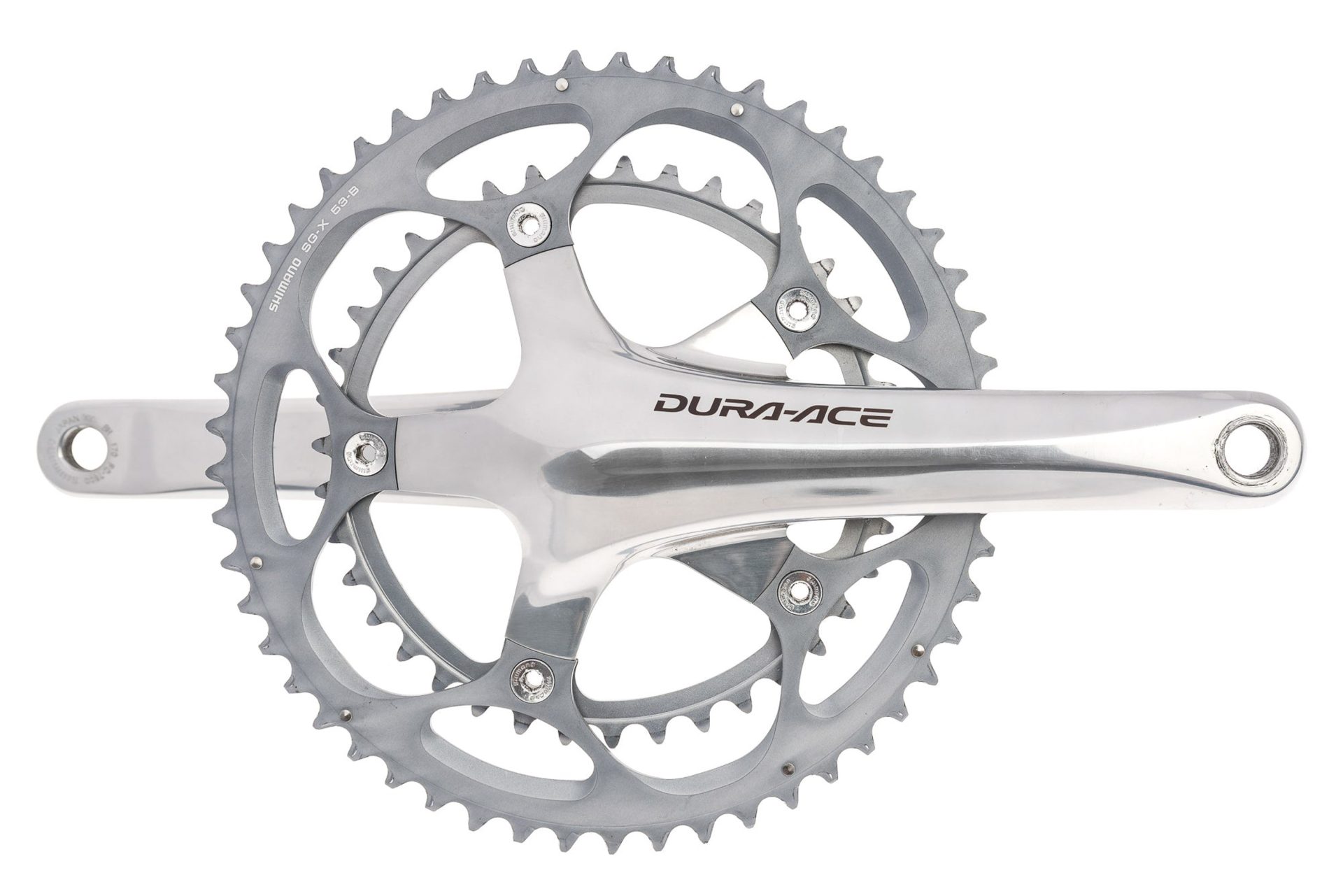
With the exception of Campagnolo’s ill-fated Centaur groupset in 2018, it’s been almost nothing but darker finishes since then. Black, light grey, dark grey, maybe some mix of the three. That 7900 crankset may have been jarring at the time, but it’s safe to say people have gotten used to it.
Fifteen years on, though, there’s a growing contingent of cyclists who have become weary of those drab palettes and are ready to brighten things up again.
Count me among the vocal minority.
While I certainly enjoy the performance that carbon fiber often provides, I still love the look of metal, and a good polish, especially so. The super-shiny Supercaliber that Trek displayed at Sea Otter? Oh heck yeah. Trek also had a Project One Icon paint finish a few years ago that looked like a vintage fighter plane, rivets and all. Those gleaming Wiliers? Sign me up. Cosmichrome?? Be still my beating heart.
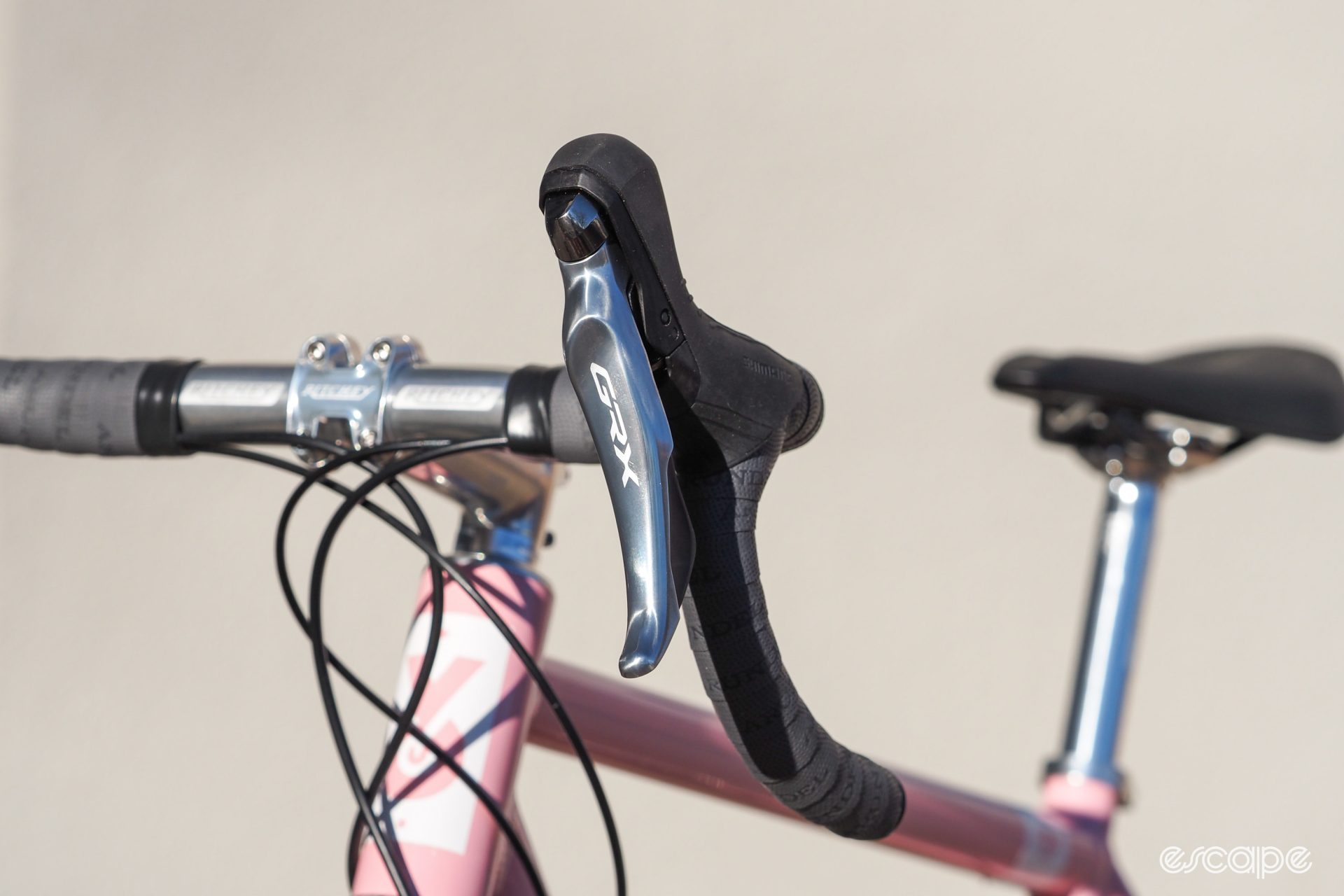
Those sorts of ultra-premium finishes aren’t practical for carbon fiber components, but modern bikes still have a lot of aluminum bits, and there’s been a noticeable resurgence of interest in highlighting when something isn’t made of carbon fiber. There hasn’t this much color anodization on bikes since the 1990s. Who’d have thought purple would be hot again, right?
But as color and brightness have re-entered the conversation, so has full-polish, perhaps as the next step up from color ano. It’s still not in any way mainstream, but some smaller brands have been reporting upticks in interest.
“Polished silver options are without a doubt the very most popular limited editions we’ve ever done,” said Loren Mason-Gere from Rolf Prima and Astral Cycling. “Our first go was with the Rolf Prima Vigor/Vigor Disc and Astral Cycling Radiant/Radiant disc rims five or so years ago. They literally sold off the shelf. Our next round a few select wheelbuilders advance-purchased the entirety of our rim-only allotment before we’d even made them.”
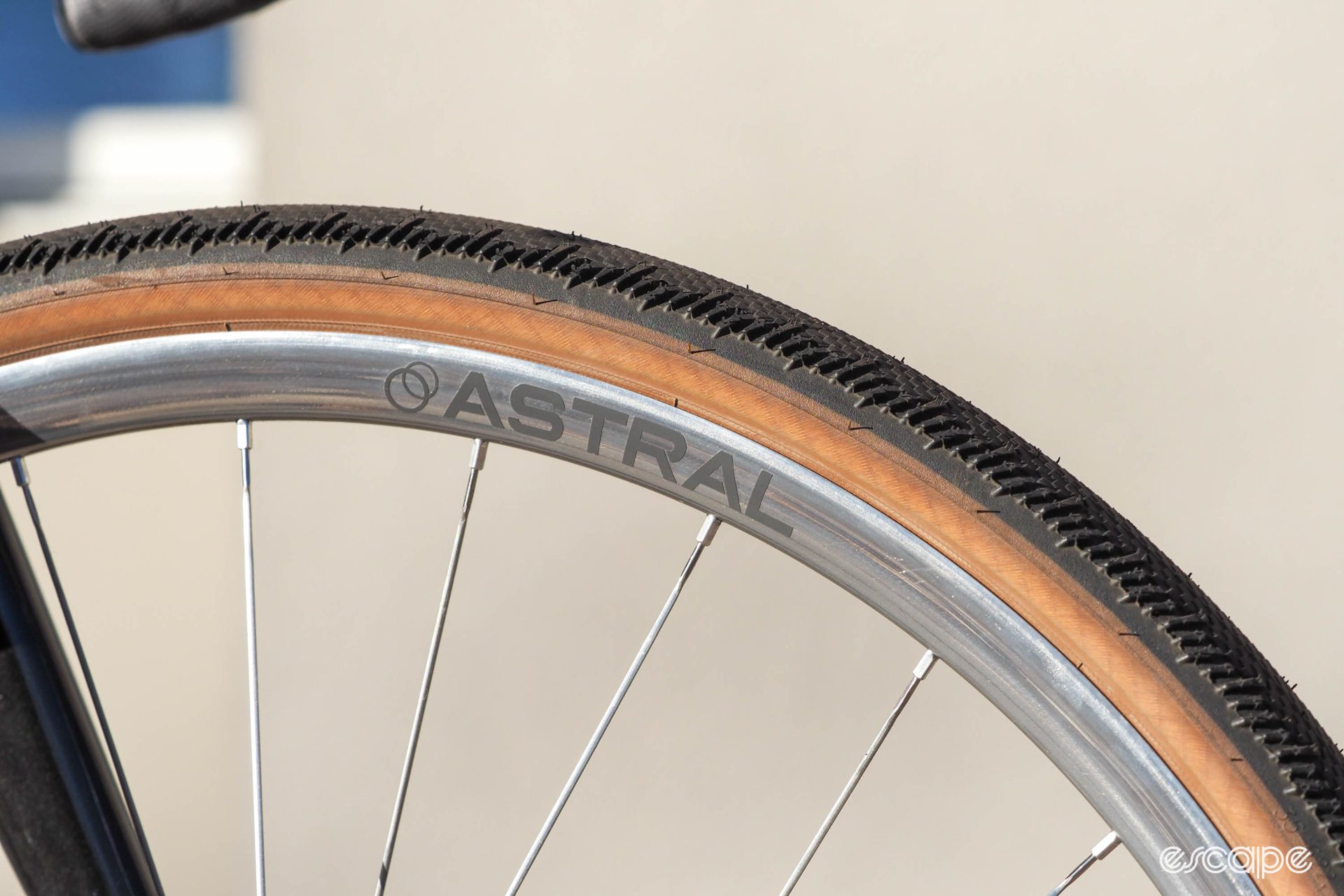
More recently, Astral added a limited run of polished finishes to its Outback aluminum gravel wheelset that Mason-Gere says sold out within a week.
“We were hand-polishing that round and doing that on anything like a normal basis was not reasonable, so our engineer took to mechanizing the process in order to allow that to become a mainstay,” said Mason-Gere. “I honestly had some slight trepidation about what would happen when we added it to the official product line. I can happily say that my concerns were unfounded. For the Outback profile anyway, we’ve had a strong and steady demand since we released it.
“I should note that our experience with this is likely reflective of the corner of the industry and our brand identity so it may or may not yield the same results for other brands. That’s all to say that these polished offerings have been very, very strong for us and don’t show much sign of letting up.”
In fact, Rolf Prima has added a polished finish option to two more wheel models, and the polished Astral Outback is now available in a 650b diameter, too.
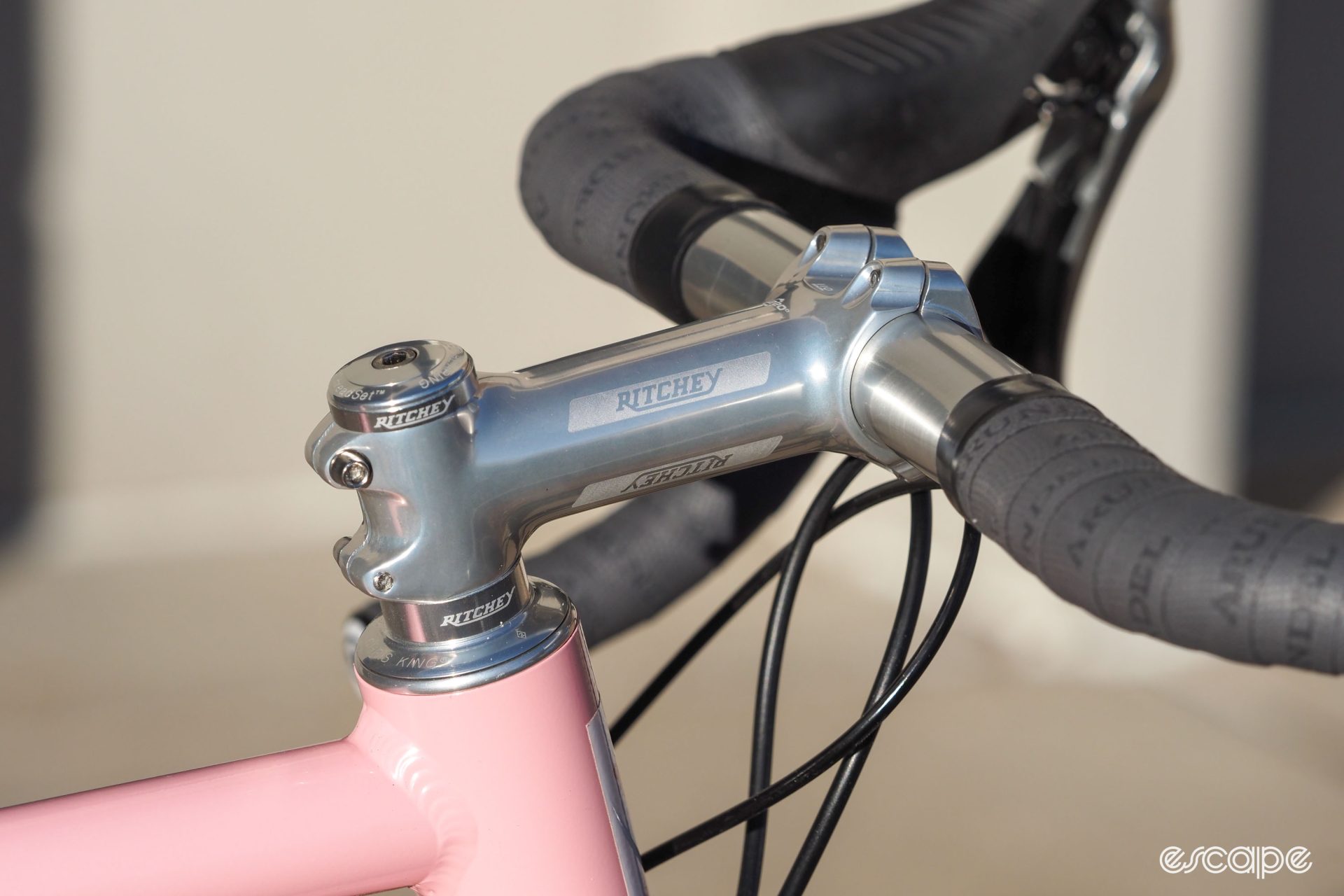
“Silver component’s renaissance is much like the return of the tanwall tire,” said Ritchey’s Fergus Tanaka. “Once thought to be a sign of cheapness, it’s now heralded as a classic bit of flare to adorn a bike. We’ve had very steady sales of our Classic line, including our wheels. I’ve been surprised at how regularly they’re shipping.”
And at White Industries (who bought Rolf Prima/Astral earlier this year), there’s simply no question that polished components are – and have been – a key element to the company’s business. In fact, it accounts for roughly half of the company’s sales, and White Industries even expanded the range of offerings earlier this year with a new polished chainring spider to go with its already-polished aluminum crankarms.
“The polished silver finish has been and continues to be a bread-and-butter finish to all White Industries components,” said the company’s general manager, Lynette Toepfer (who, I should add, has been with the company since 1992). “The polished silver components have a depth and richness to the finished aesthetic that an anodized finish cannot replicate and therein lies the attraction. For those who desire the classic white glove type of finish, the polished silver elevates the elegance of the bike and componentry. For a while we saw the sales of the silver polish dip when black anodize was at its height of popularity, but we are seeing the pendulum swing back now.”

But as Mason-Gere mentioned, it’s a bit of a mixed bag in terms of sales industry-wide.
Over at Wolf Tooth Components, for example, company co-owner and VP Brendan Moore says the silver color option for its recently release Waveform is “one of our most popular colors for that product.” But at Chris King, design manager Jay Sycip says silver is “a low-flying color,” below the company’s darker color options in terms of sales.
Regardless, someone at Shimano seems to have been paying attention to all of this. Returning to its roots in a way, Shimano released its GRX Limited mechanical gravel groupset last year, complete with a gleaming polished silver finish on the crankset, brake lever blades, brake calipers, and select bits on both derailleurs. GRX Limited isn’t the first time Shimano has tried some sort of limited-edition or premium hop-up kit, either. Back in 2009, the company offered a suite of titanium and carbon fiber upgrade parts called Yumeya for its XTR flagship mountain bike groupset. This time around, Shimano says just 5,000 GRX Limited groupsets were produced worldwide, and availability was limited to custom builders and aftermarket channels. And they’re also “all gone.”
As is often the case with the last production run of a product range in the automotive world, the main intent of GRX Limited was likely to serve as a last hurrah before the arrival of the new 12-speed version next year. However, I like to pretend some maverick within the company was testing the waters a bit to see if this whole silver thing was really coming back in earnest.
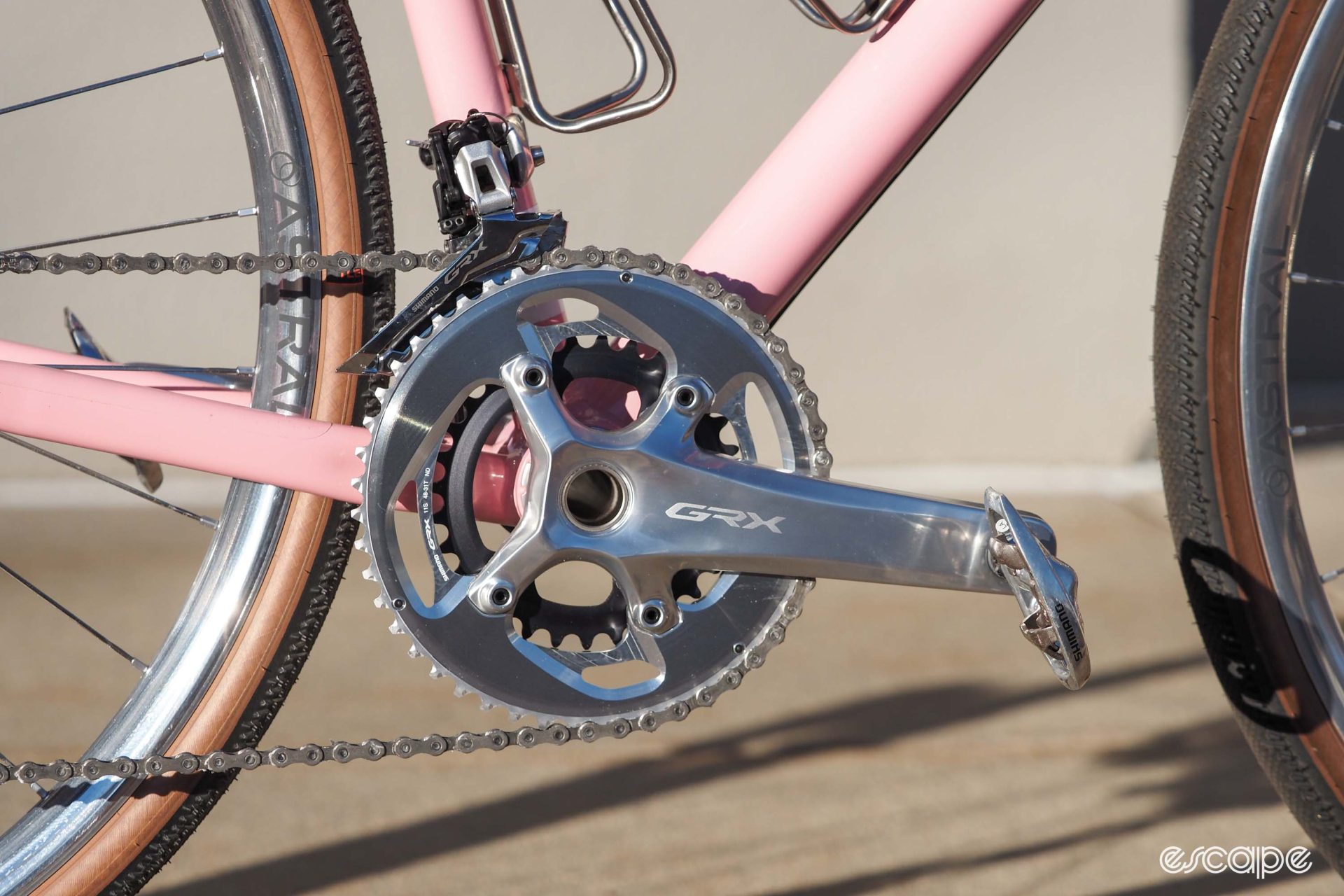
The return of an inline polished option may still very much be in doubt, but what’s far less debatable is the amount of additional work required to produce it.
Chris Howard, the owner and operator of Cyclo Retro in Melbourne, Australia, is widely regarded as the modern master of polishing aluminum cycling components. The quality of his work is beyond reproach, but even with his advanced skill level, he’s quite open about the amount of time involved.
“Typically it takes about five days to polish and pantograph a modern groupset; a bit longer for an 80s/90s groupset,” he told me. That time directly translates into cost, and while what he does could be distilled in some way into a large-scale production setting, the additional premium can be hard for some to swallow. “In 2023 I’ve noticed a decline in international demand for polished parts. I think the desire is still there, but economic reasons and increased costs globally are forcing people to watch their money more closely.”
Economic influences aside, that doesn’t change how striking the finish looks when viewed against the backdrop of black or grey builds that dominate the current landscape. And while I’ve often pondered what some sort of neo-retro build could look like, it’s only recently I decided to finally just go ahead and turn it into reality, if only to serve as a fun visual experiment.
I started with a Vynl aluminum gravel frame (with a pink powdercoated finish), then added an Astral Outback wheelset (wrapped with tan-wall Schwalbe G-One RS tires), a Shimano GRX Limited groupset, a full complement of Ritchey Classic aluminum components (including headset spacers), a Chris King headset and T47 bottom bracket, a pair of King stainless steel bottle cages, and even some old Shimano single-sided SPD pedals – purely because of the polished silver finish.
As a recovering XC weight weenie who likes to stay on top of cycling trends somewhat, my wife’s first reaction when I showed her the finished project was, “It looks heavy.” And truth be told, it isn’t the lightest thing I’ve built at 9.56 kg (21.08 lb) all in. But it rides great, and when the sunlight hits it just right … you’d best have your shades handy.
I’m not trying to tell you I’m right, or that polished aluminum is better than unpolished (or painted, or color anodized) stuff, or that I’m over carbon fiber. I may be getting on in my years, but I still don’t consider myself a curmudgeon.
But come on now, would you look at this thing? Can’t we all be a little more imaginative than the standard all-black everything? Let’s see a show of hands in the comment section, please, because I’d love to know what the rest of you think.
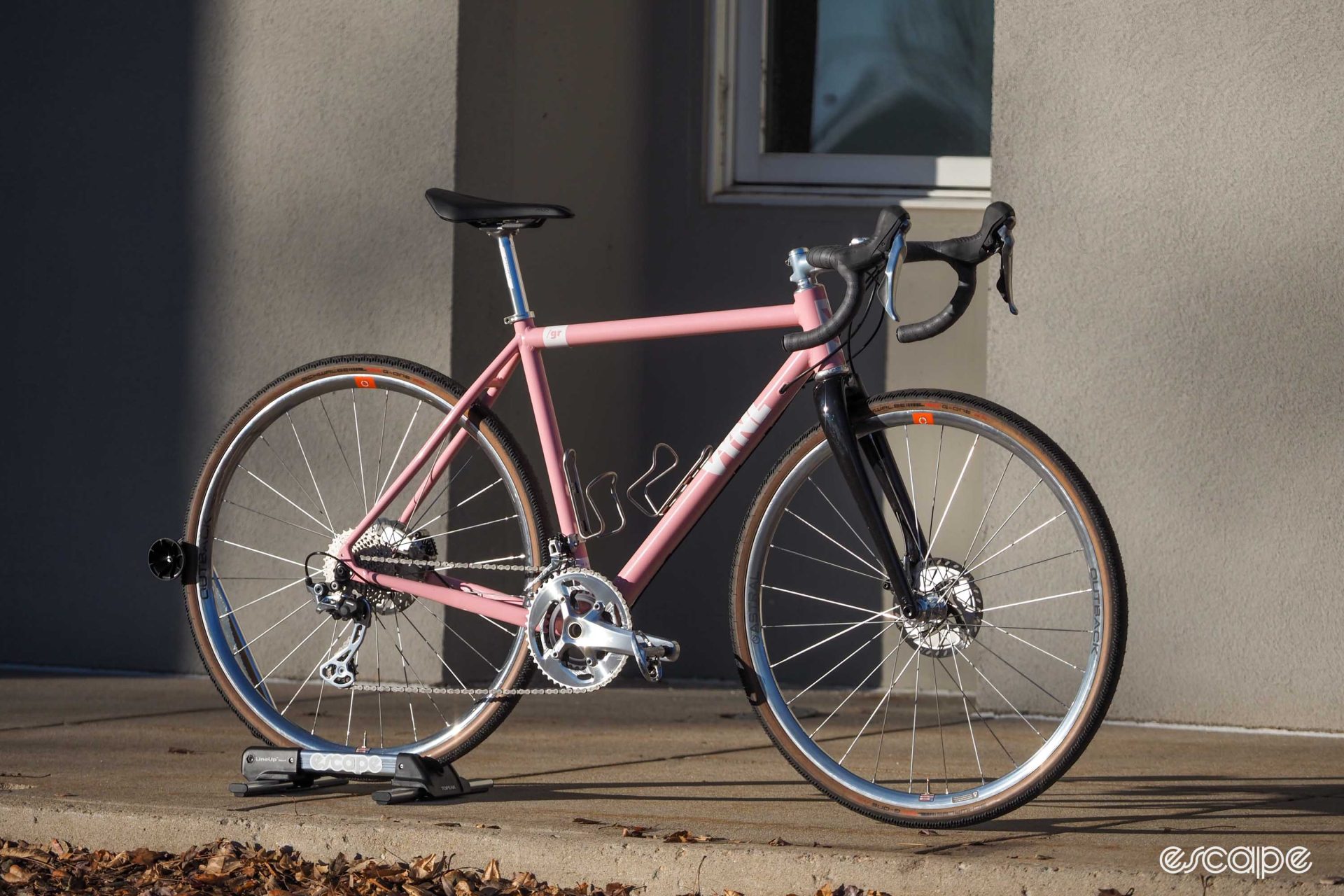
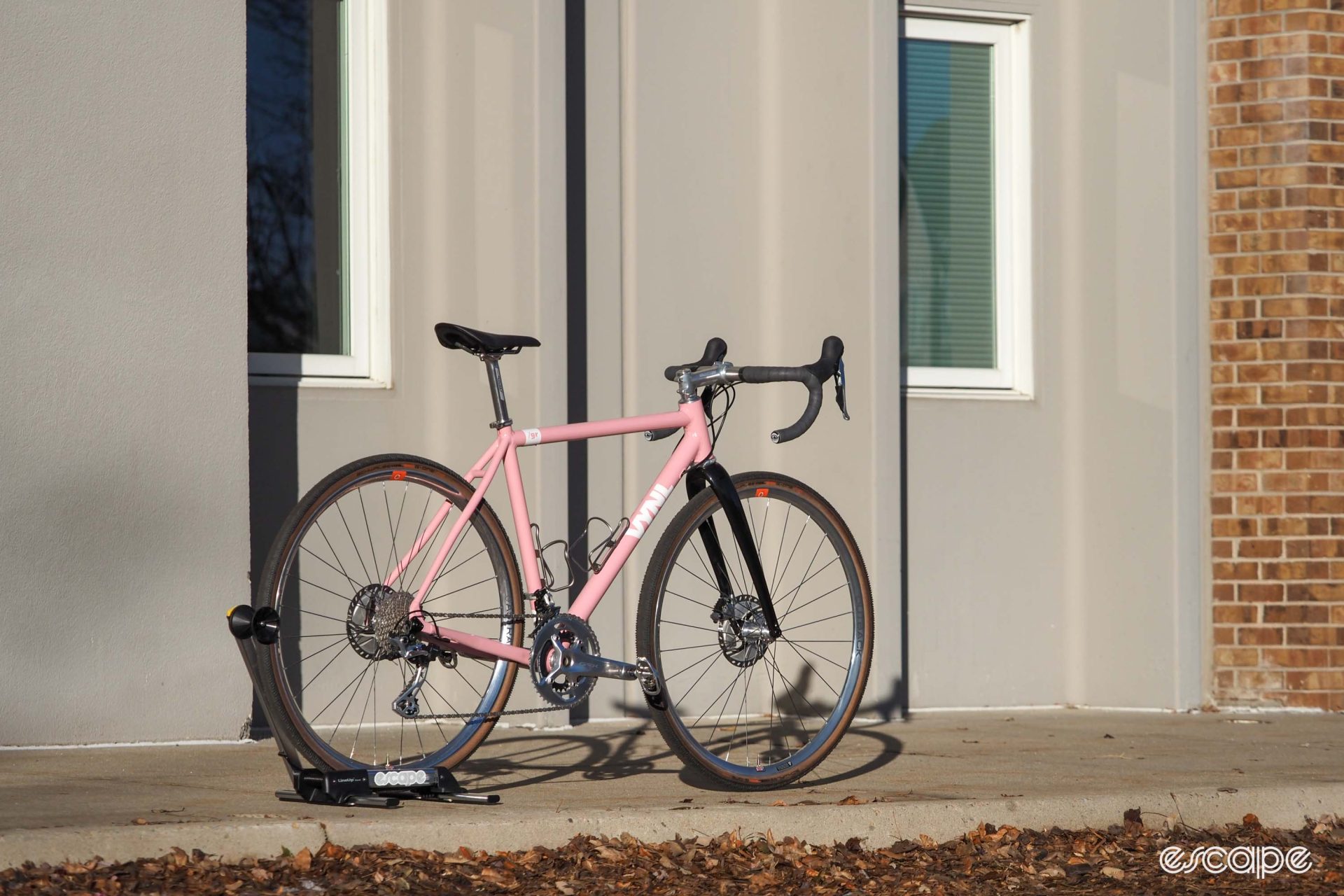
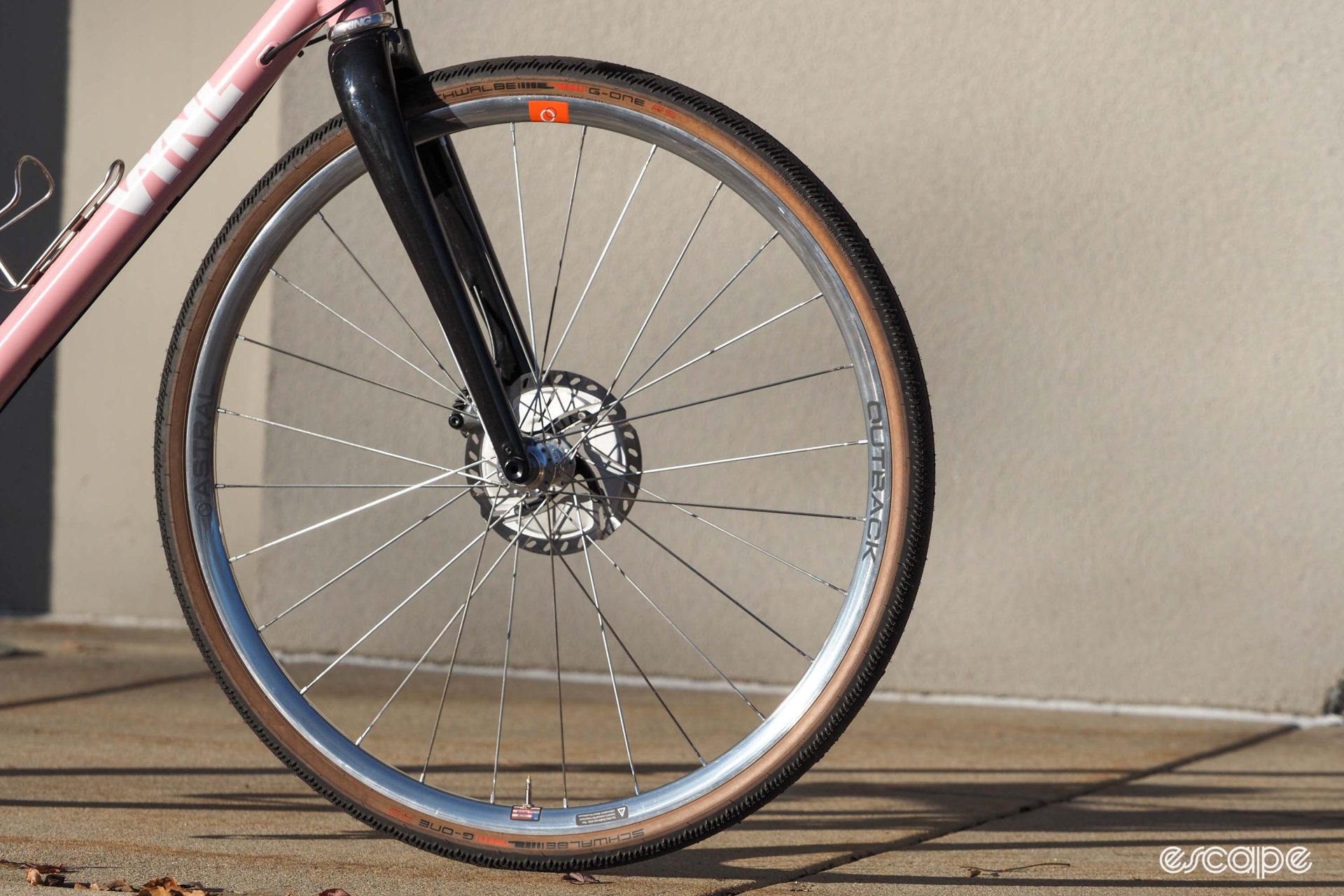
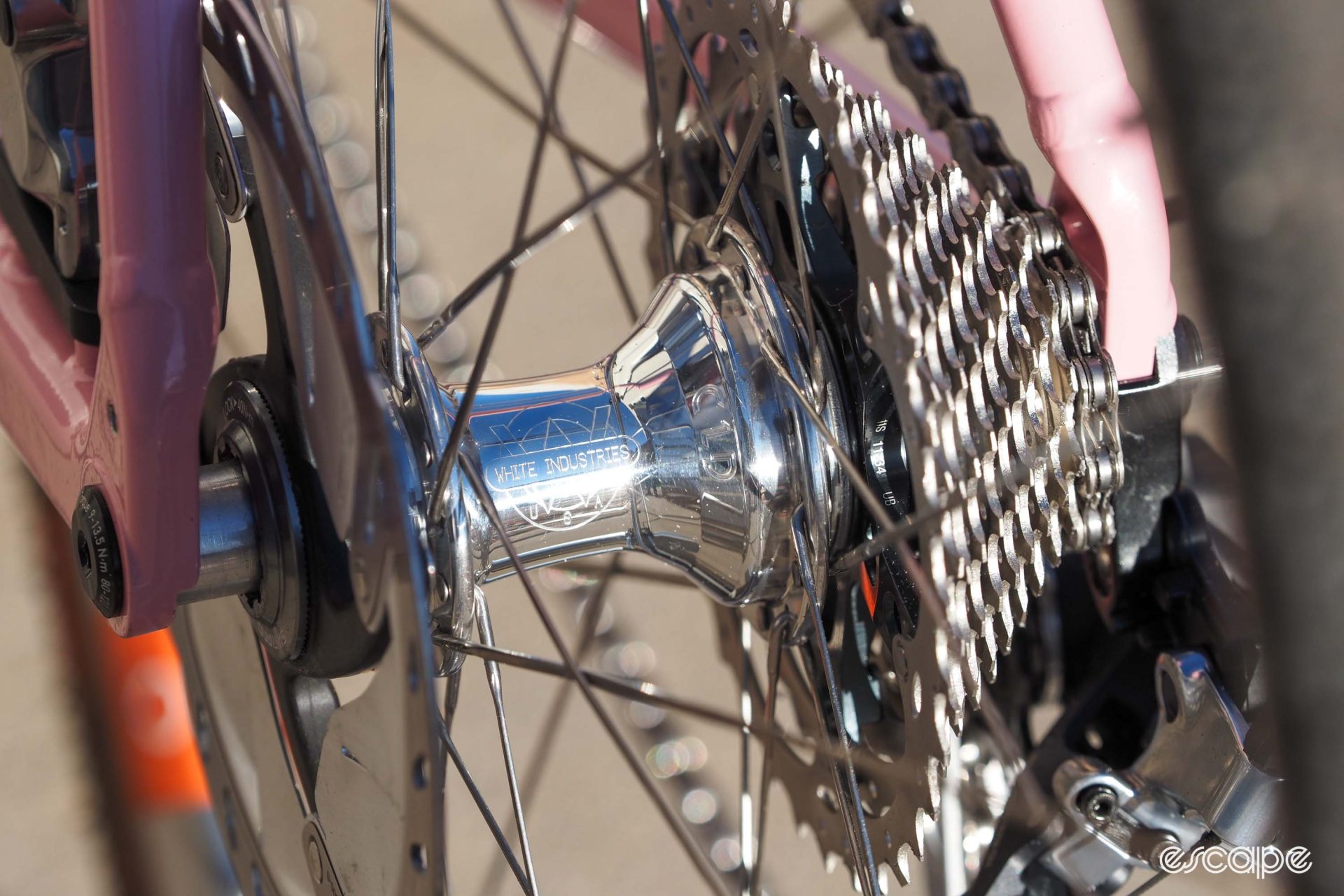
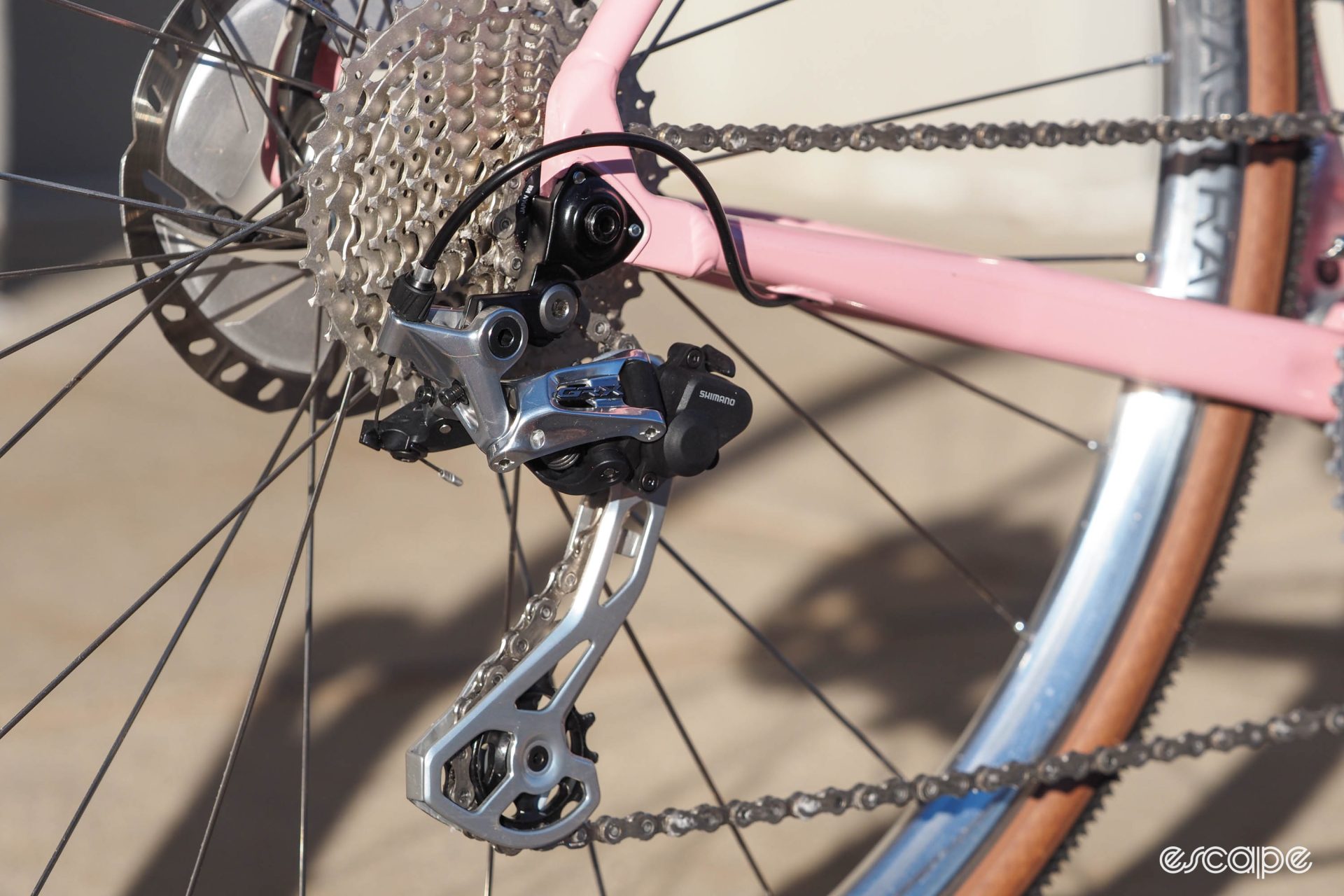
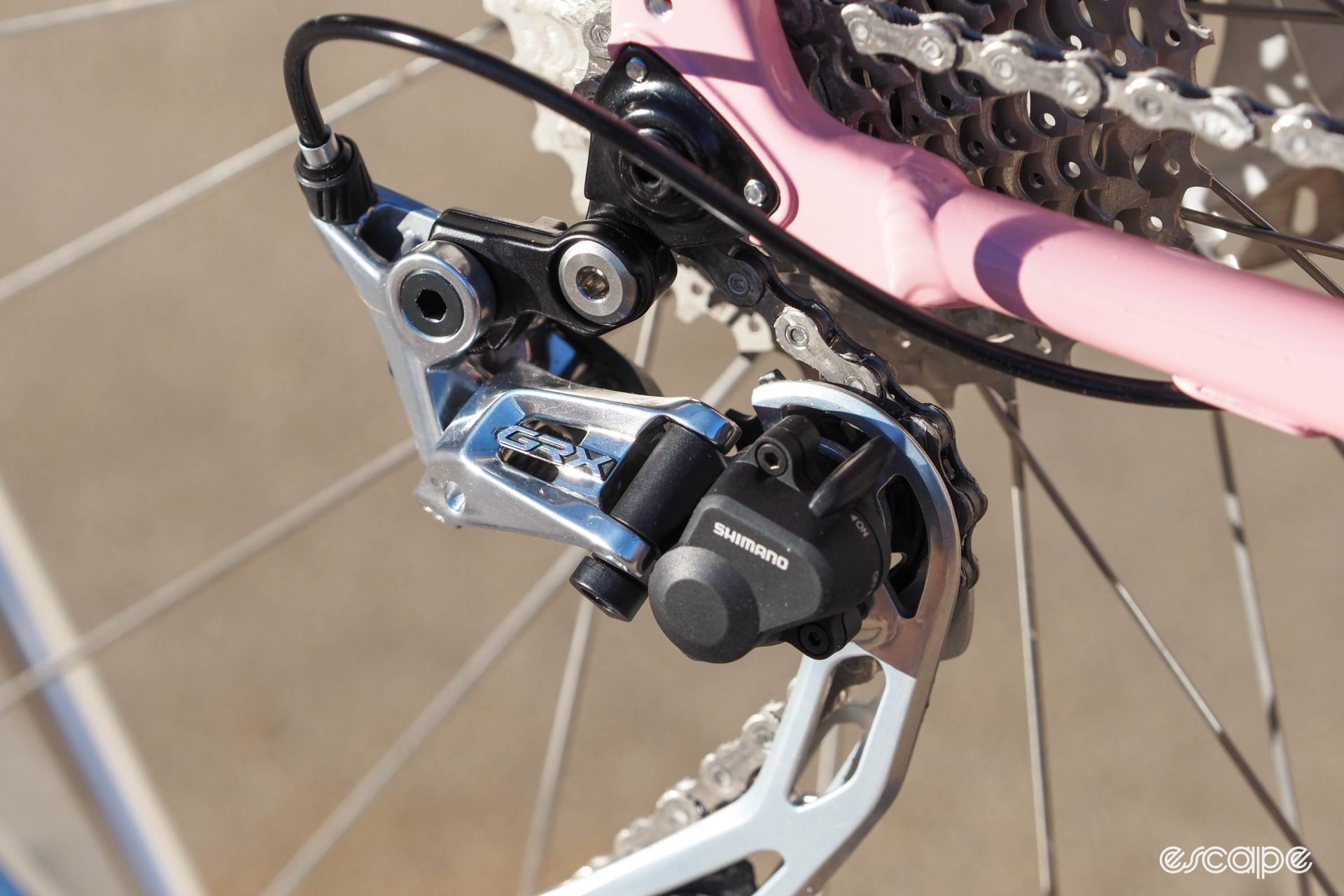
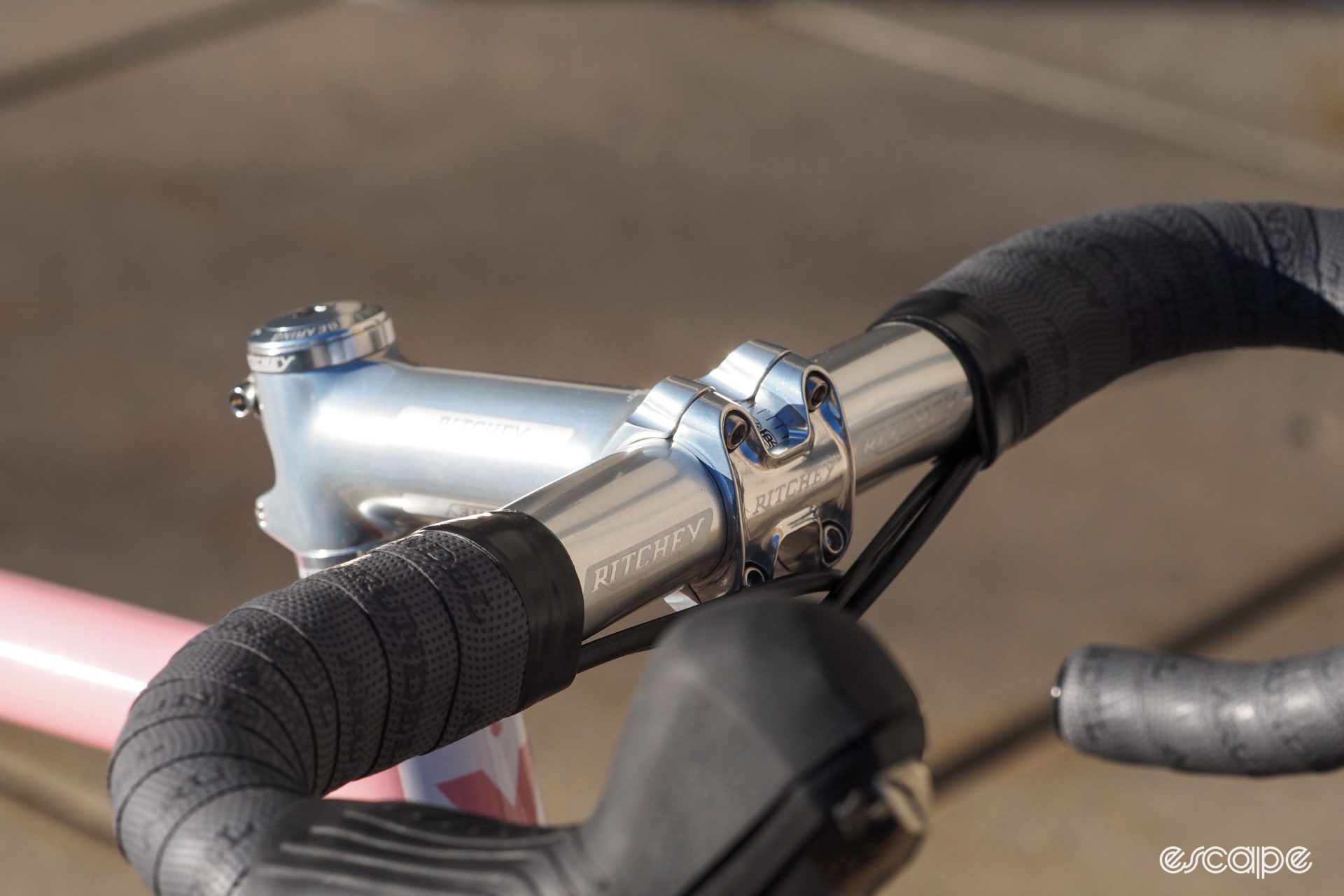
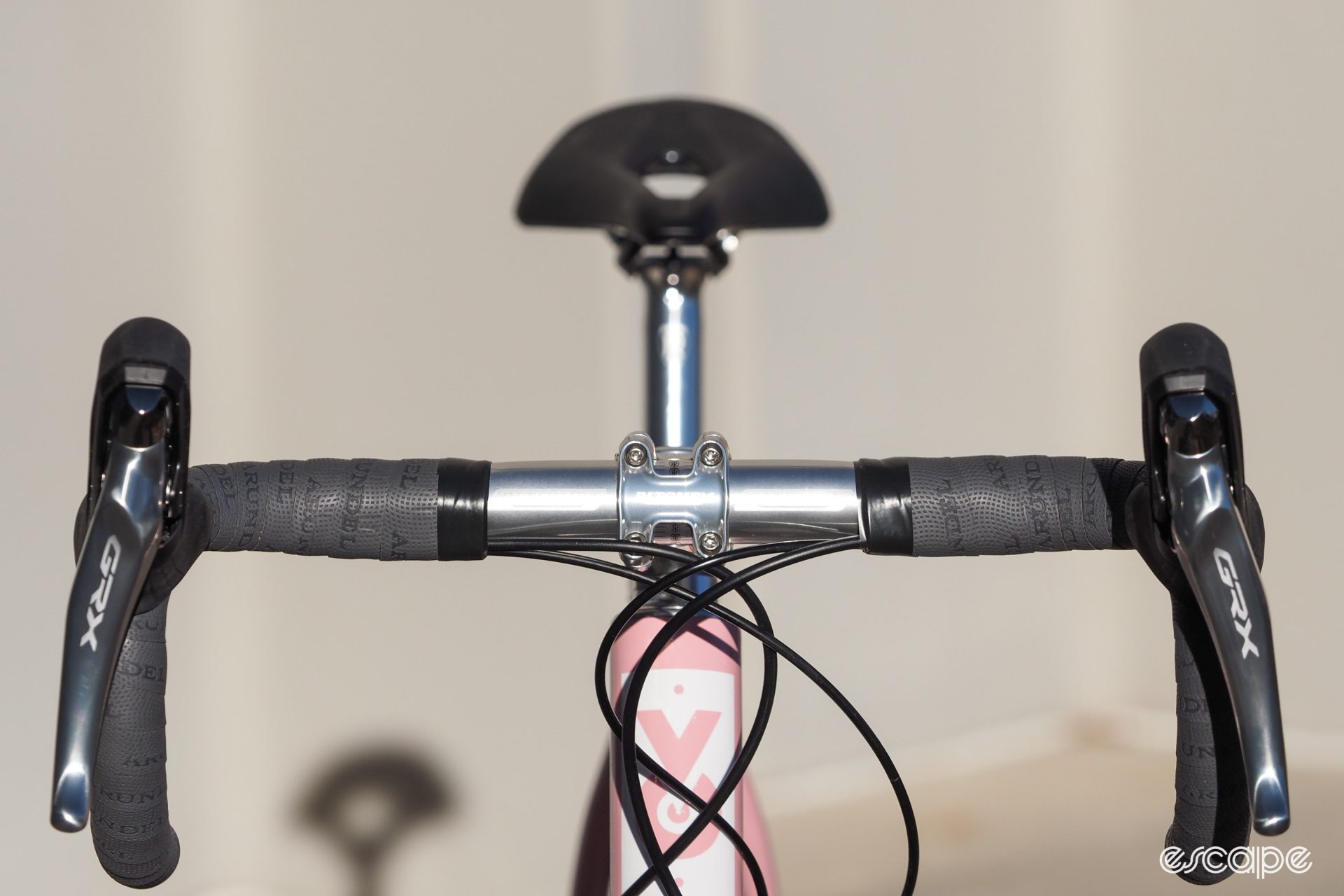
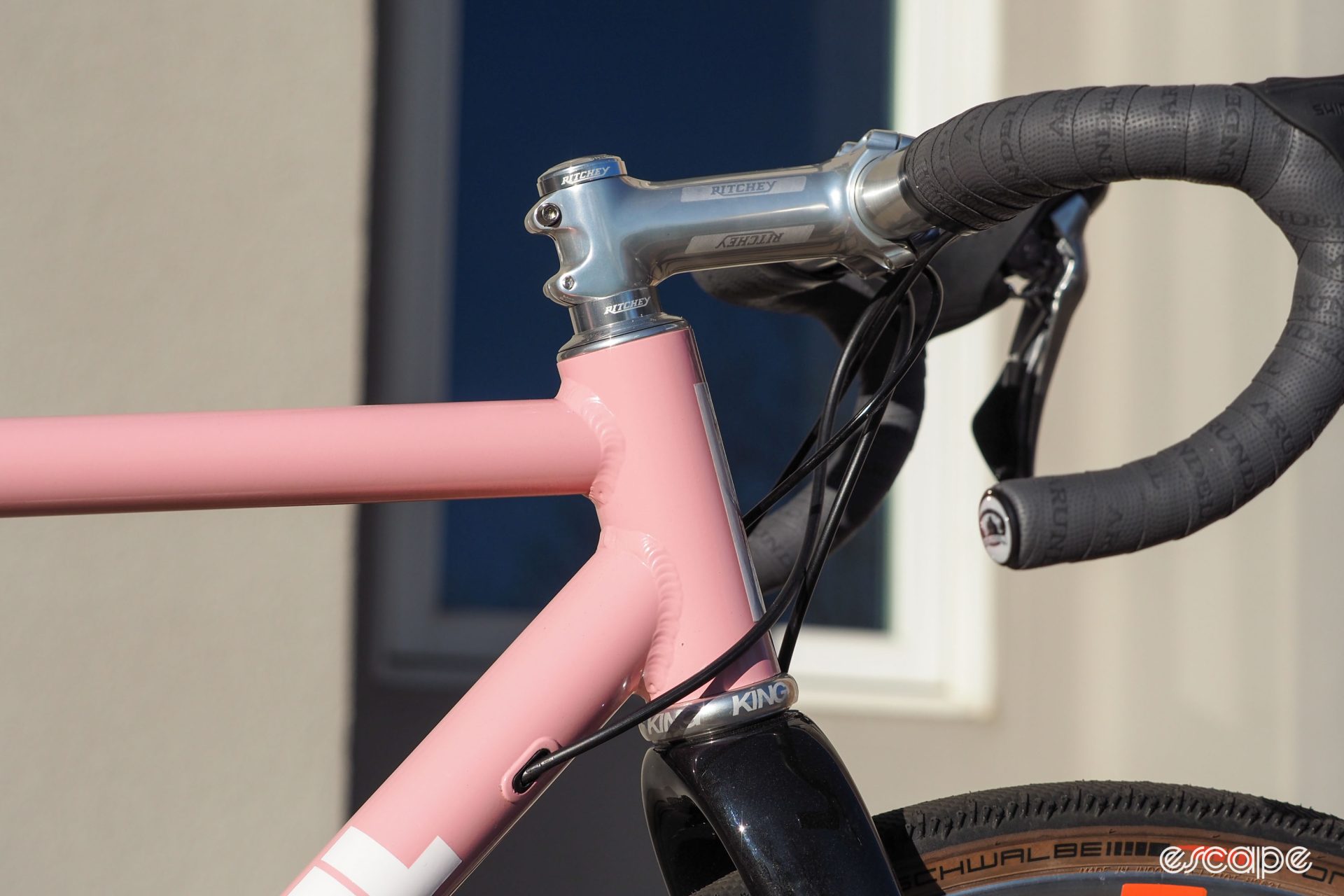
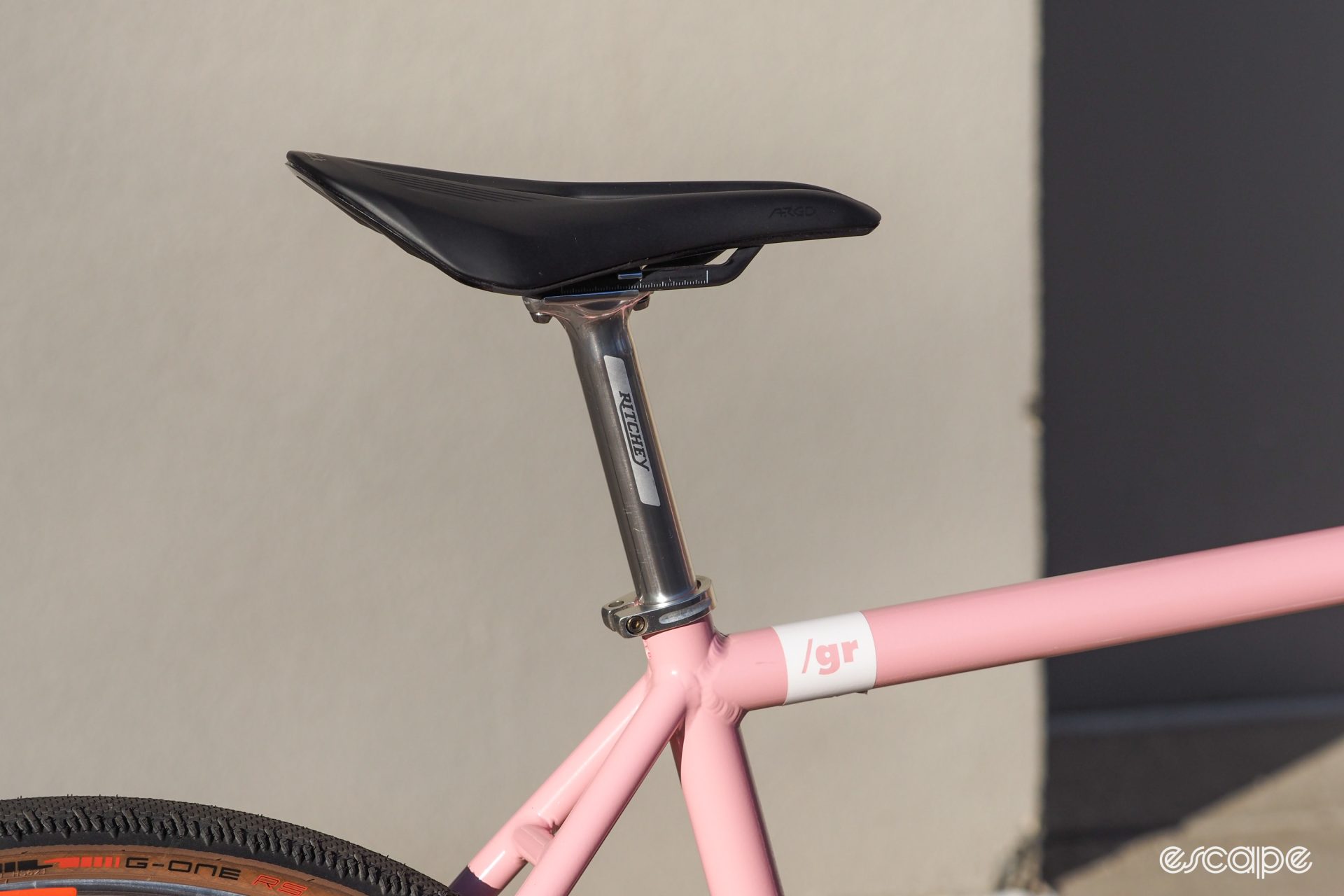
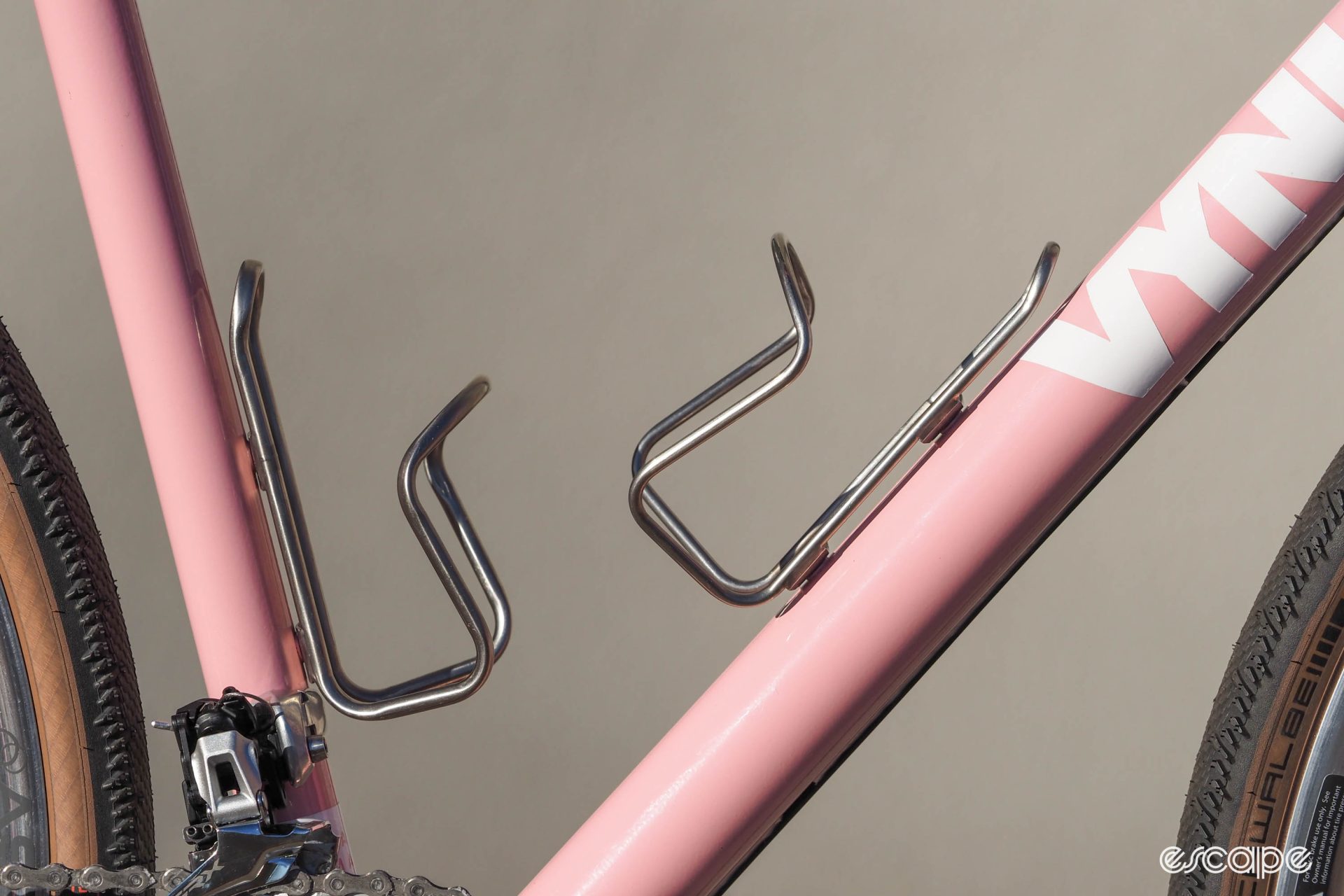
Did we do a good job with this story?

